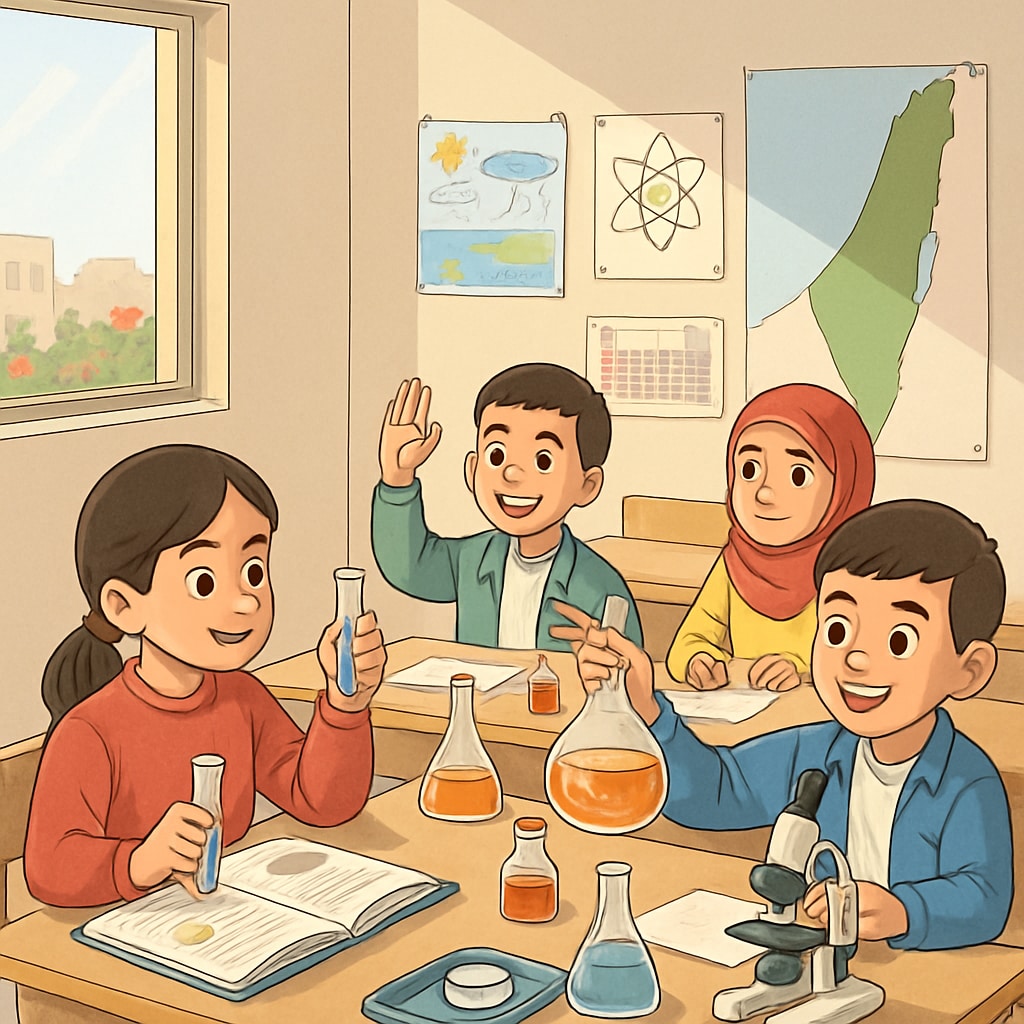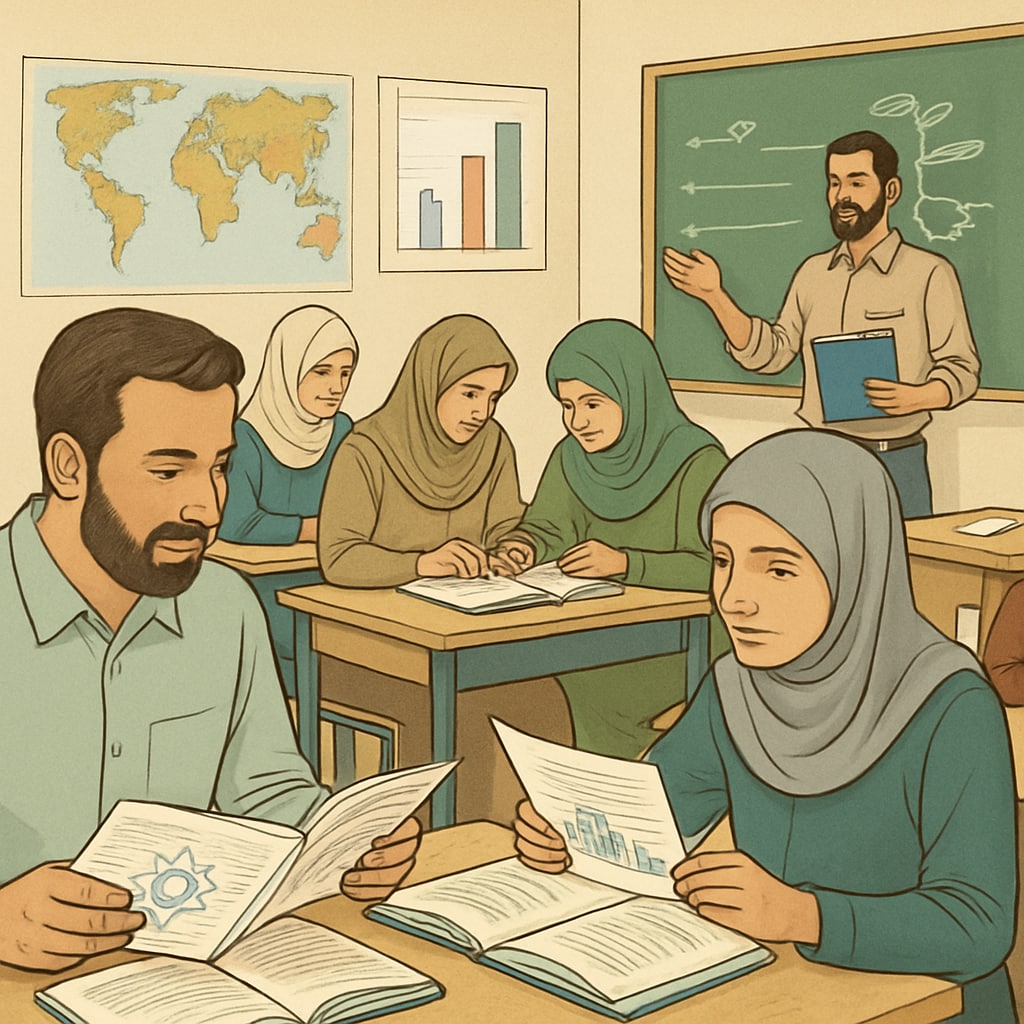Building science and social studies curricula for new schools in Gaza is a crucial step toward restoring hope and fostering long-term stability in the region. Education is not merely about academic advancement; it is a cornerstone for rebuilding societies torn apart by conflict. This article explores the importance of establishing robust educational frameworks, the challenges faced in this unique context, and actionable strategies for implementation.
The Importance of Education in Post-Conflict Recovery
Education plays a pivotal role in post-conflict recovery, enabling children to regain a sense of normalcy while equipping them with the skills needed to rebuild their lives and communities. For Gaza, education represents not only academic growth but also a means to foster peace, resilience, and innovation.
Science education, for instance, can inspire students to explore solutions to local challenges, such as resource scarcity, while social studies curricula can teach them about history, empathy, and conflict resolution. Together, these subjects can empower the next generation to contribute meaningfully to their society.

Challenges in Developing Curricula for Gaza Schools
Designing science and social studies curricula for schools in Gaza is not without its challenges. The region’s ongoing resource limitations, lack of infrastructure, and psychological impact on students and teachers are significant hurdles. Additionally, aligning curricula with international standards while addressing local needs requires careful planning.
Some of the key challenges include:
- Resource Scarcity: Limited access to textbooks, laboratory equipment, and technological tools can hinder effective teaching.
- Teacher Training: Educators may need additional support to adapt to new methodologies and address the psychosocial needs of their students.
- Cultural Relevance: Curricula must be tailored to the cultural and historical context of Gaza while promoting universal values like tolerance and critical thinking.

Strategies for Effective Curriculum Development
To overcome these challenges, stakeholders must adopt a holistic and collaborative approach. Below are some strategies to consider:
- Community Involvement: Engage local leaders, educators, and families in the curriculum development process to ensure cultural relevance and community buy-in.
- Leverage Technology: Utilize digital resources and e-learning platforms to supplement traditional teaching materials.
- Focus on Teacher Training: Provide ongoing professional development opportunities for teachers, focusing on innovative teaching methods and trauma-informed practices.
- Foster Global Partnerships: Collaborate with international organizations to secure funding, resources, and expertise.
For example, organizations like UNESCO have extensive experience in supporting education in conflict zones, offering valuable frameworks and resources. Similarly, the Encyclopaedia Britannica provides rich content to inspire curriculum design.
Looking Ahead: A Blueprint for Success
As Gaza moves toward recovery, education must remain a top priority. Science and social studies curricula, when thoughtfully designed, can serve as a foundation for rebuilding not just schools but also the social fabric of the community. By addressing challenges head-on and implementing innovative strategies, stakeholders can help pave the way for a brighter future.
Ultimately, the success of these efforts will depend on collaboration, adaptability, and a shared commitment to the transformative power of education. Together, we can ensure that the children of Gaza have the opportunity to learn, grow, and thrive.
Readability guidance: This article uses accessible language, concise paragraphs, and clear headers to enhance readability. Bulleted and numbered lists summarize key points, while external links provide additional context and credibility. Images are strategically placed to complement the text and reinforce the message.


